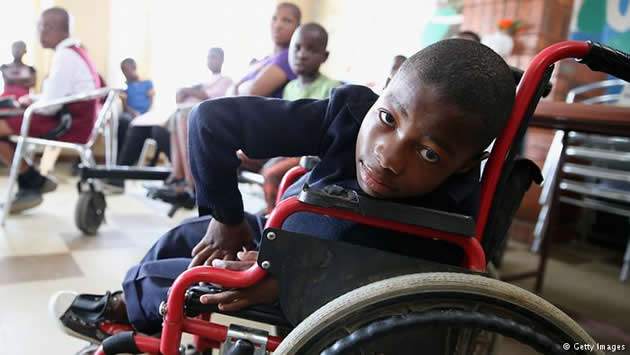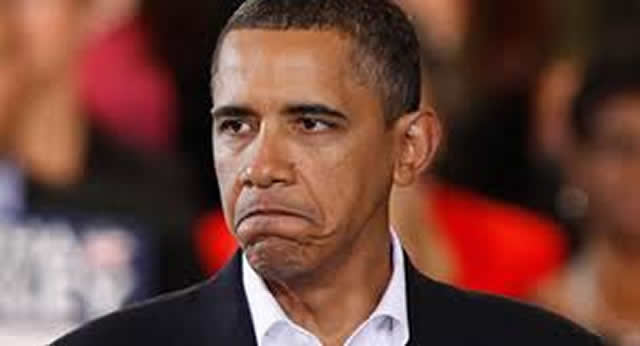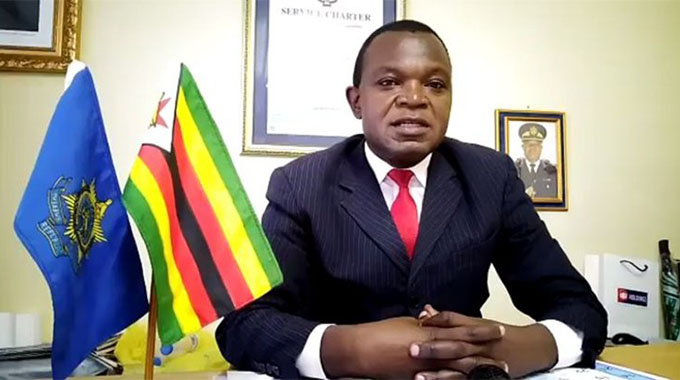Discrimination of people living with disabilities a reality

 Vaidah Mashangwa
Vaidah Mashangwa
ARTICLE 9 of the Protocol on Gender and Development to which 15 Sadc countries are signatories says member states shall according to the protocol on health and other regional and international instruments, ensure that they adopt legislation and related measures to protect persons living with disabilities.
While this is the case, the discrimination and stigmatisation of people living with disabilities continues in many facets of life including school, work and at home.
Society creates barriers in the way of people living with disabilities such that they cannot play an active role in society.
One of the most serious challenges faced by the physically challenged includes mobility. The fact that there are always stairs everywhere presents a big challenge to free movement.
In schools, there are stairs to classrooms, toilets, dining halls and for those that use wheelchairs and crutches it presents a big problem.
Lainah Magama, a woman living with physical challenges, narrated how she struggled through schooling due to her condition as she used a wheelchair and crutches. At one point, she had to conduct experiments on the floor as the chairs and tables in the laboratories were too high for her.
A great deal has been written about parents’ reactions to the birth of a physically challenged child or the discovery later that their child has a learning problem. Firstly, parents go through an emotional crisis characterised by shock, denial and disbelief.
This initial reaction is followed by a period of emotional disorganisation that includes feelings of anger, guilt, depression, shame, lowered self-esteem, rejection of the child, overprotection and so on.
Finally, it is presumed that parents especially the mother reach a third stage in which they accept their physically challenged child.
Mothers whose children are born with any type of disability face a lot of challenges in raising these children.
At times they are abandoned by their spouses as disability is usually linked to witchcraft and regarded as a curse or bad omen to the family.
Generally people equate physical perfection with virtue or goodness and imperfection with evil. As a result most women, girls, boys and men who are physically challenged or have health impairments find it difficult to find partners in adulthood.
Mothers raising children with severe physical disabilities and health impairments work long hours resulting in fatigue, depression, low vitality, restricted social life and preoccupation with decisions related to the child’s illness.
Even where the father is part of the family, it is the mother who spends more time with the child.
At times, some women are forced to give up their careers so that they are at home all the time. This calls for special planning and complicated arrangements to accommodate a weekend out or attending a family funeral or vacation. This also affects the time spent with other children or the quality time parents have to themselves.
Parents react in different ways to the arrival of physically challenged children. For some parents, years may pass and they may still feel uncomfortable with the child to the extent of isolating the child or concealing the disability. Other parents report that having a child with physical challenges actually brings them together and strengthens their marriages.
Many homes and apartments are not designed to accommodate a wide range of physical needs. As a result some children may require large equipment, a special bathtub, ramps or electric wheel chairs, thereby forcing parents to move to an accessible apartment.
Overwhelmed by these demands, some marriages are strained due to therapy appointments, surgeries and medical bills. Relatives including grandparents, aunts and uncles, siblings and neighbours also have an important effect on the development of a child with special physical needs.
It is estimated that cases of abuse and neglect of physically challenged children are rampant but are never reported. It is believed that 20 percent of these children may be neglected or physically, sexually or emotionally abused.
The extent of parental abuse and neglect of children with disabilities is also unknown.
Teachers see and interact with these children daily and should report suspected cases of abuse or neglect of these children. Pupils living with disabilities are often excluded in education programmes for the gifted because their physical challenges sometimes mask their potential.
According to statistics, two percent of persons with physical challenges are mentally gifted.
Teachers and societal biases about people living with disabilities overshadow their strengths and abilities. These children need a lot of motivation so that they perform to their maximum potential.
Traditionally, schools and society in general viewed people living with disabilities as unproductive and incapable of making any meaningful contribution to development yet research has proved beyond doubt that people living with disabilities have innate capabilities just like any other person.
It has been argued further that discrimination of people living with disabilities is further compounded by the fact that their services are provided by charities. Able-bodied individuals do not expect lifts in high-rise buildings to be provided by charity.
It is not left to charity to provide care for the ill; the young or elderly but physically challenged individuals often have to rely on charities as statutory provision is inadequate.
Apart from that, there is a high unemployment rate among people living with disabilities caused by exclusion from the workforce because of stigmatising attitudes. When applying for work, disabled applicants are six times more likely to be unsuccessful.
- Vaidah Mashangwa is the provincial development officer in the Ministry of Women Affairs Gender and Community Development, Bulawayo. She can be contacted on 0772111592 or email [email protected]










Comments